Banana Tree Problems: What Causes Bananas With Cracked Skin
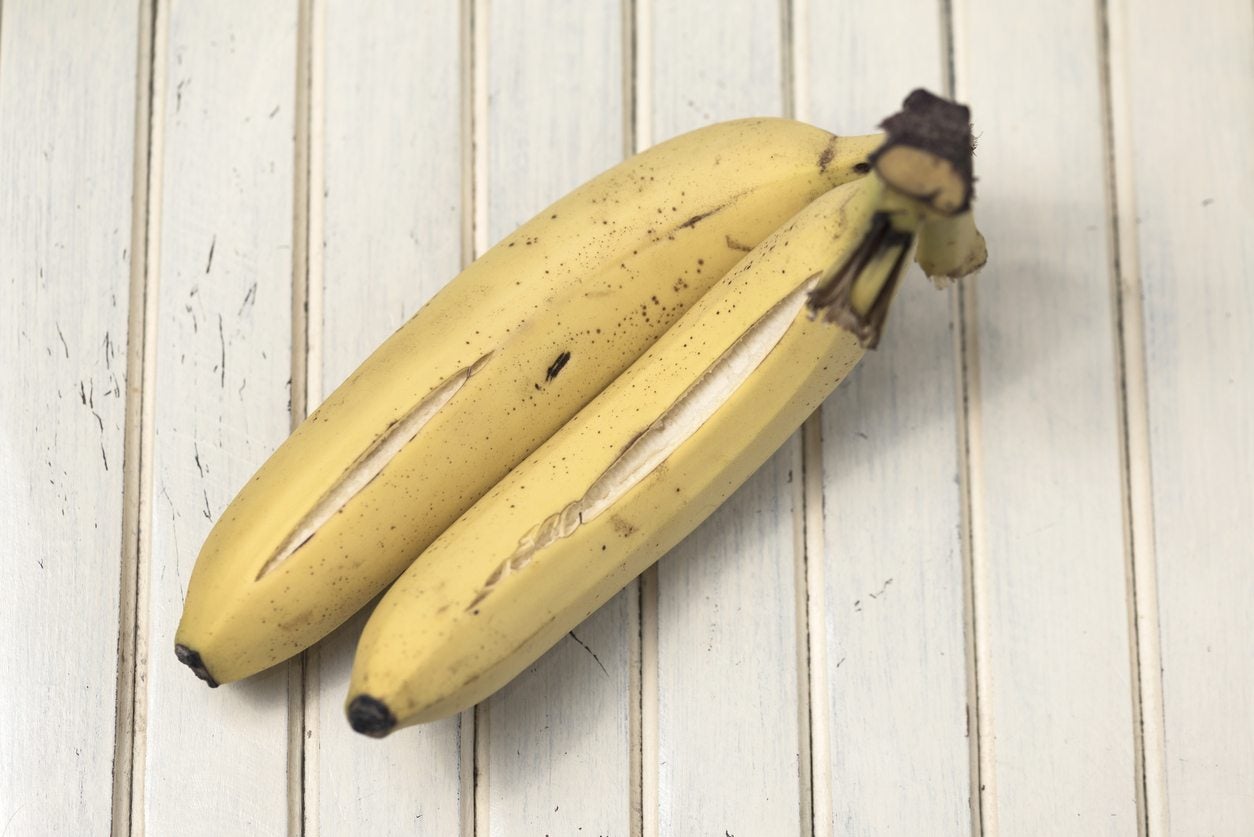
Banana trees are often used in landscapes due to their large, attractive foliage but more often, they are cultivated for their delicious fruit. If you have bananas in your garden, you’re likely growing them for both their ornamental and edible purposes. It takes some work to grow bananas and, even so, they are susceptible to their share of diseases and other banana tree problems. One such issue is bananas with cracked skin. Why do bananas split on the bunch? Read on to find out about banana fruit cracking.
Help, My Bananas are Cracking Open!
No need to panic about banana fruit cracking. Among all the possible banana tree problems, this one is minimal. Why do bananas split on the bunch? The reason the fruit is cracking is likely due to high relative humidity of over 90% combined with temperatures over 70 F. (21 C.). This is especially true if bananas are left on the plant until ripe. Bananas need to be cut off the plant when still green to promote ripening. If they are left on the plant, you’ll end up with bananas with cracked skin. Not only that, but the fruit changes consistency, dries and becomes cottony. Harvest bananas when they are very firm and very dark green. As the bananas ripen, the skin becomes a lighter green to yellow. During this time, the starch in the fruit is converted to sugar. They are ready to eat when they are partially green, although most people wait until they are yellow or even mottled with brown spots. Actually, bananas that are quite brown on the outside are at the peak of sweetness, but most people either toss them or use them to cook with at this point. So if your bananas are on the tree and cracking open, they have likely been left on too long and are overripe. If you have gotten your bananas at the supermarket, the reason for splitting is probably due to how they were processed as they were being held and ripened. Bananas are usually kept at about 68 F. (20 C.) when ripening, but if they were exposed to higher temperatures, the fruit would ripen faster, weakening the skin and causing splitting of the peel.
Gardening tips, videos, info and more delivered right to your inbox!
Sign up for the Gardening Know How newsletter today and receive a free copy of our e-book "How to Grow Delicious Tomatoes".

Amy Grant has been gardening for 30 years and writing for 15. A professional chef and caterer, Amy's area of expertise is culinary gardening.
-
 4 Superfast Composting Methods: Turn Waste Into Garden Gold In 30 Days Or Less
4 Superfast Composting Methods: Turn Waste Into Garden Gold In 30 Days Or LessTry the fastest composting methods to turbocharge your pile and transform kitchen scraps and garden waste into finished compost in just a few weeks.
By Mary Ellen Ellis
-
 Best Spider Plant Soil – Complete Soil Guide And Expert Tips For Keeping Plants Happy
Best Spider Plant Soil – Complete Soil Guide And Expert Tips For Keeping Plants HappySpider plants are fun and easy plants to grow, but what is the best soil for a spider plant? Selecting the right soil is important so they can thrive.
By Bonnie L. Grant
-
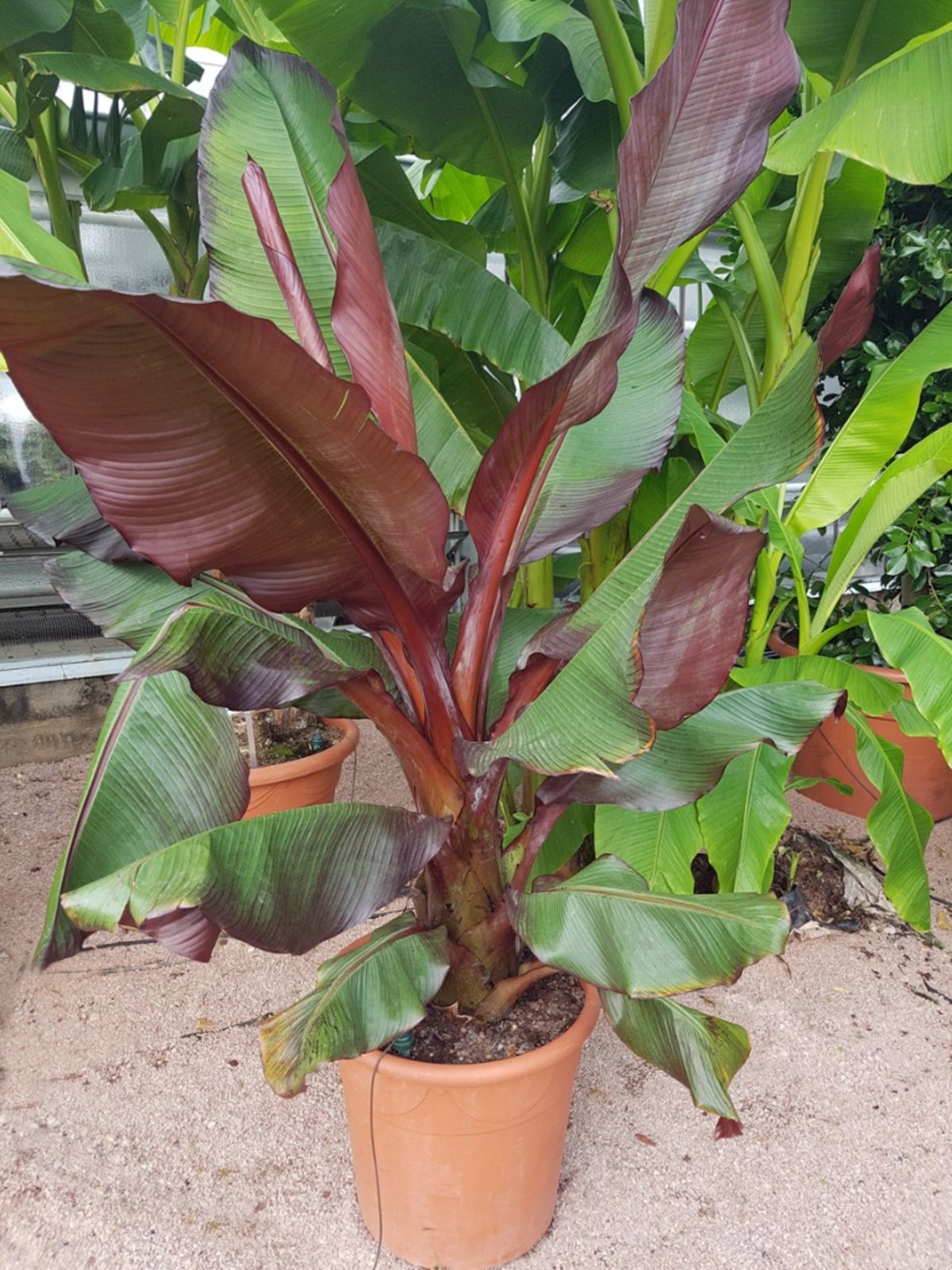 Japanese Banana Plant – Caring For A Musa Basjoo Hardy Banana Variety
Japanese Banana Plant – Caring For A Musa Basjoo Hardy Banana VarietyThe Japanese banana plant lends that tropical island flair to gardens as far north as zone 5. If that sounds too good to be true, read on!
By Laura Miller
-
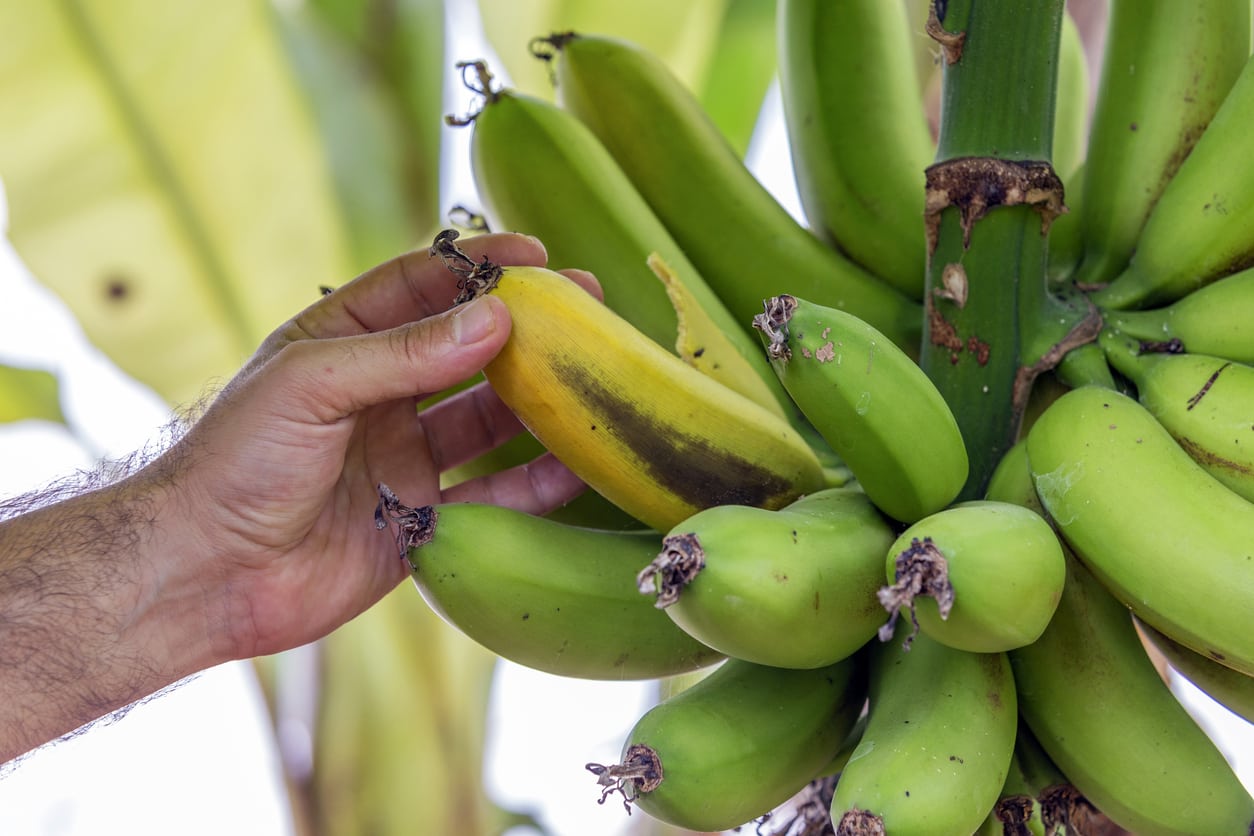 Banana Tree Fruit Issues: Why Do Banana Trees Die After Fruiting
Banana Tree Fruit Issues: Why Do Banana Trees Die After FruitingBanana trees not only are beautiful tropical specimens, but most of them bear edible banana tree fruit. If you have ever seen or grown banana plants then you may have noticed banana trees dying after bearing fruit. Click this article to learn more.
By Amy Grant
-
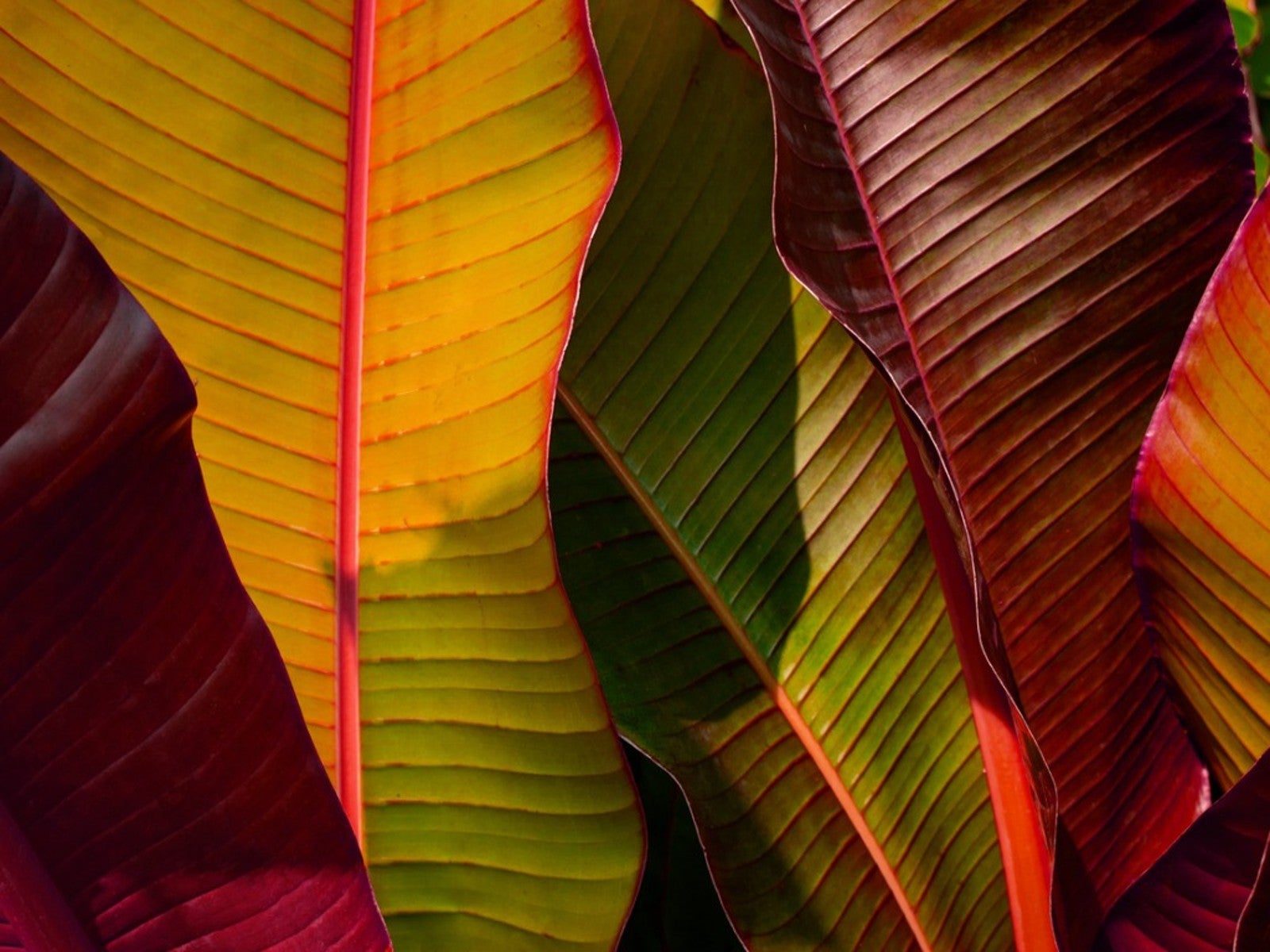 Growing Ornamental Bananas – How To Grow A Red Banana Plant
Growing Ornamental Bananas – How To Grow A Red Banana PlantThere are many types of banana which produce copious amounts of fruit. But did you know there are also various types of the ornamental red banana plant too, specifically grown for their attractive red foliage color? Learn more about them here.
By Ilana Goldowitz Jimenez
-
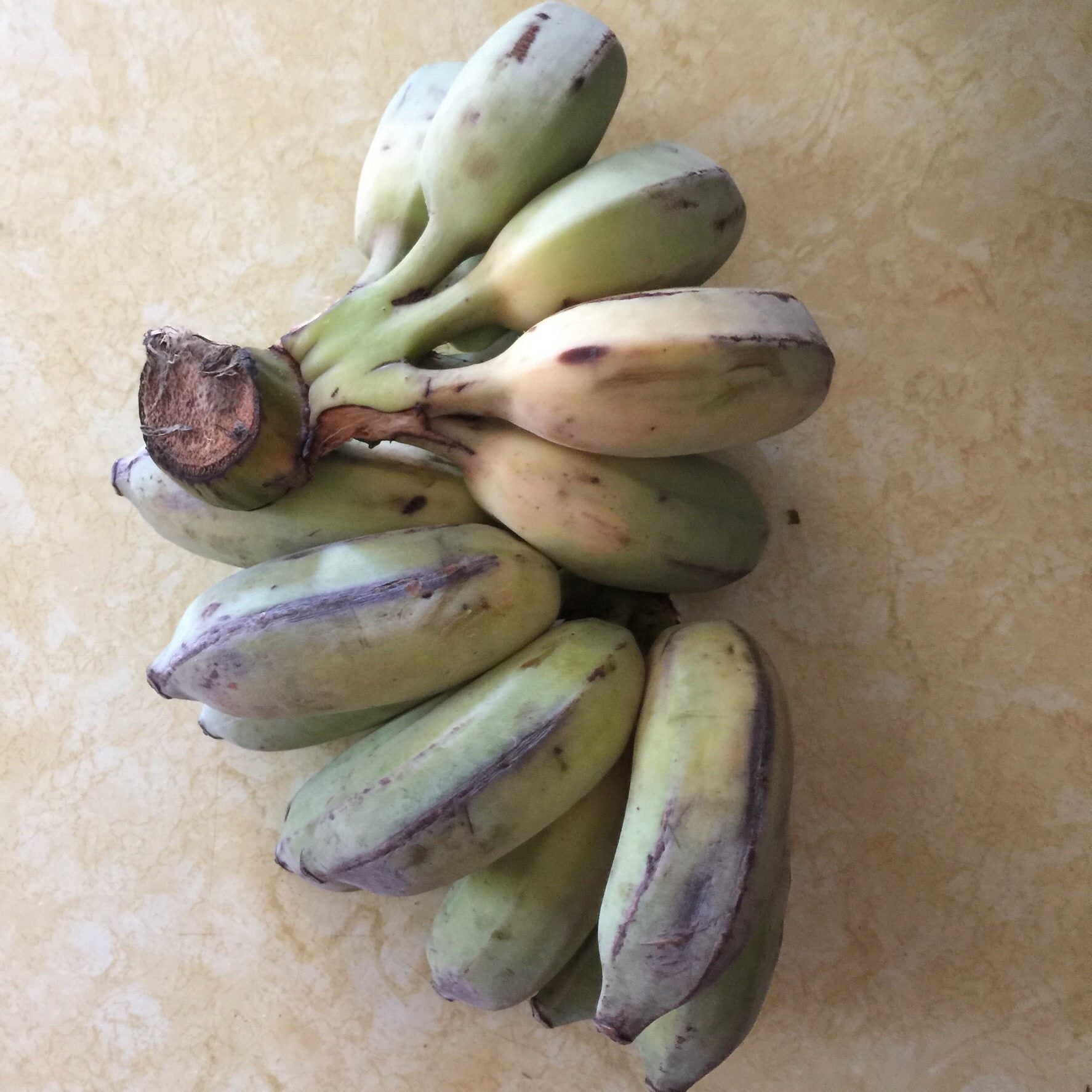 Thai Banana Fruit – How To Grow Thai Banana Trees
Thai Banana Fruit – How To Grow Thai Banana TreesIn Thailand, bananas are everywhere and synonymous with the tropical region they thrive in. If you're yearning to introduce a more tropical look to your landscape, try growing Thai bananas. What are Thai bananas? Click here to find out about Thai banana care.
By Amy Grant
-
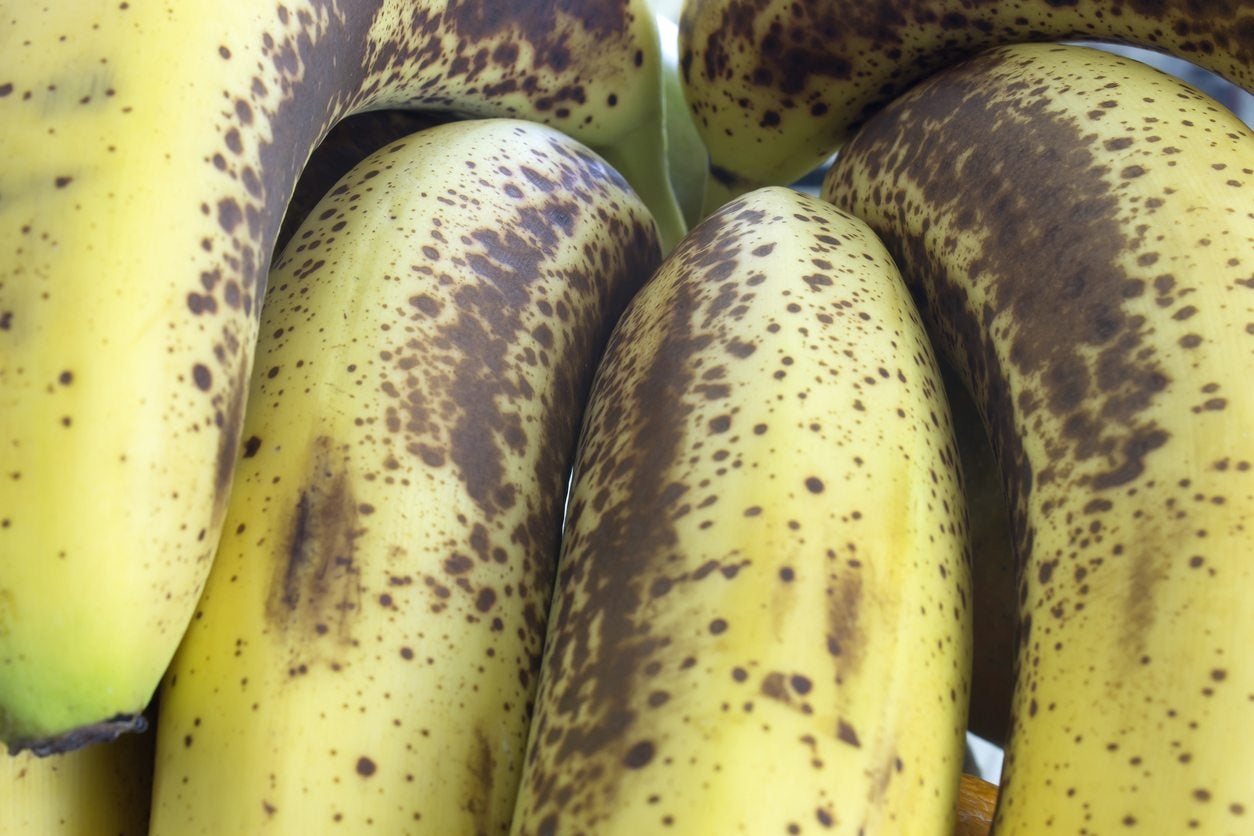 Common Diseases Of Banana: What Causes Black Spots On Banana Fruit
Common Diseases Of Banana: What Causes Black Spots On Banana FruitBanana plants are prone to a number of diseases, many of which result in black spots on banana fruit. What causes black spot disease in bananas and are there any methods for treating black spots on banana fruit? Click this article to learn more.
By Amy Grant
-
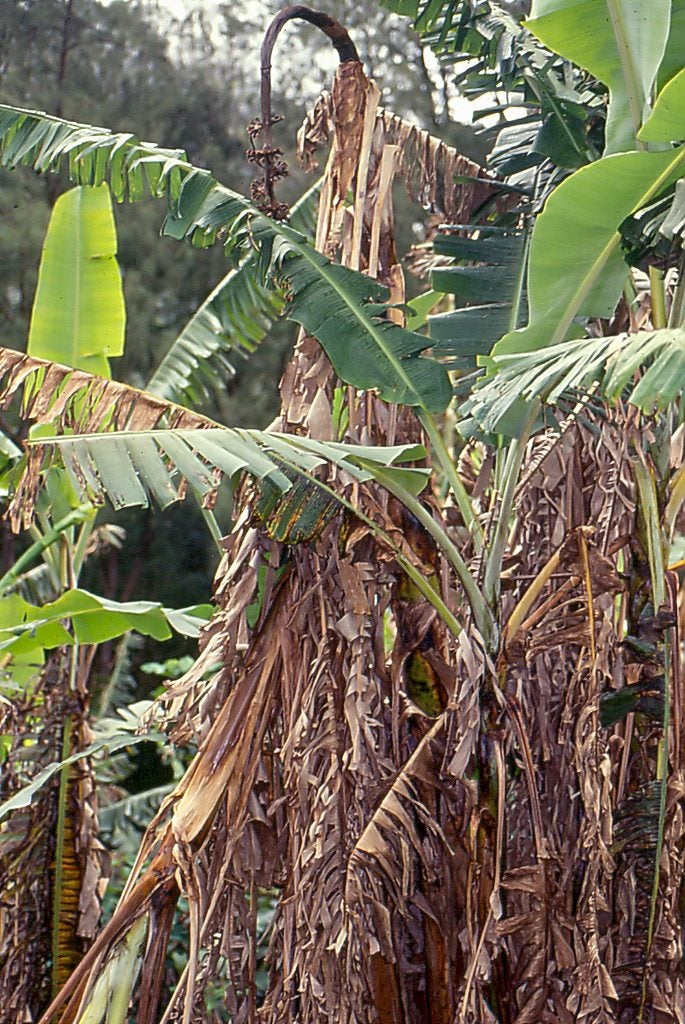 Fusarium Wilt Of Banana: Managing Of Fusarium Wilt In Bananas
Fusarium Wilt Of Banana: Managing Of Fusarium Wilt In BananasAlso known as Panama disease, fusarium wilt of banana is difficult to control and severe infections are often deadly. Click on this article to learn more about banana fusarium wilt disease, including management and control.
By Mary H. Dyer
-
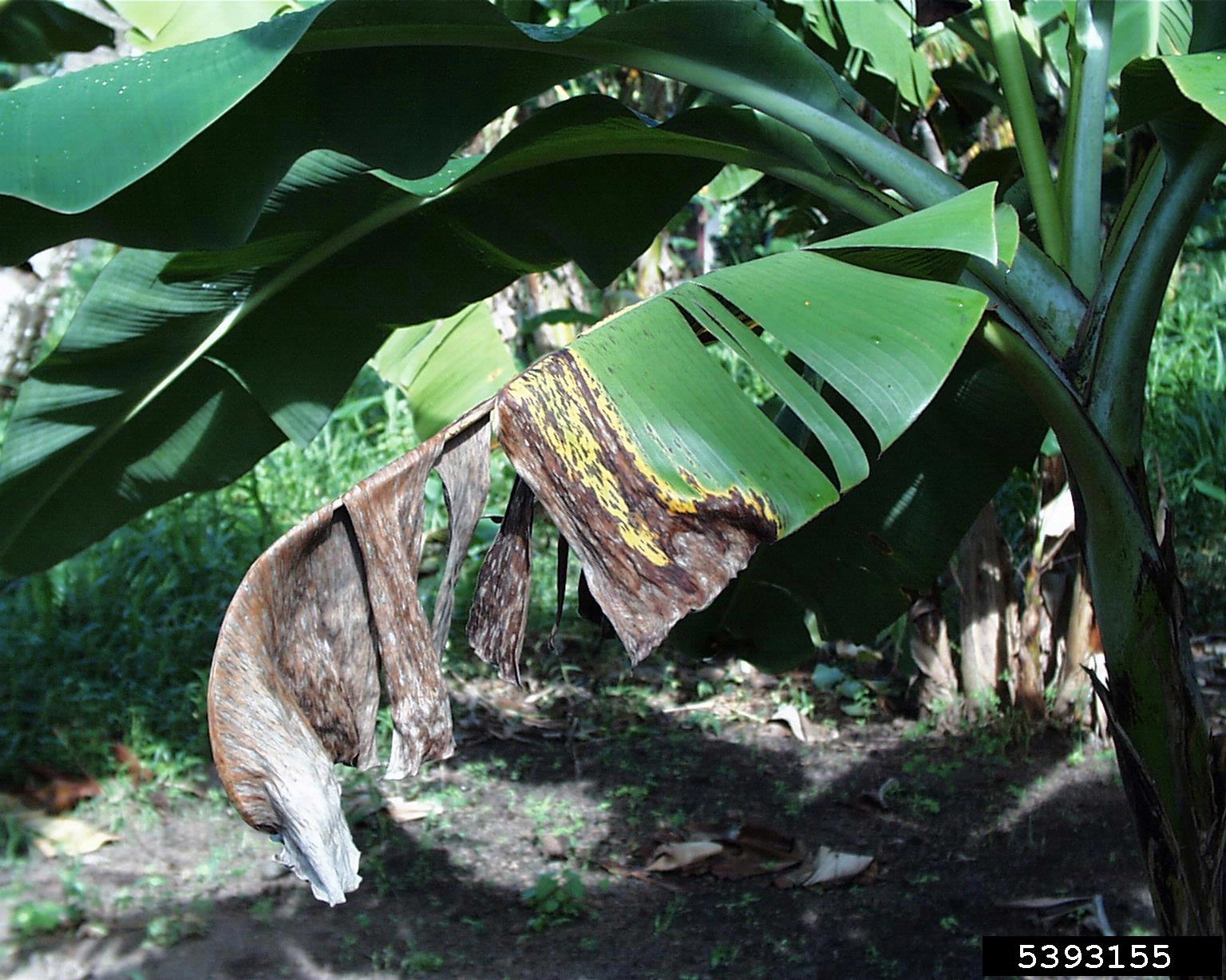 Banana Plant Diseases And Pests: Troubleshooting Problems Affecting Bananas
Banana Plant Diseases And Pests: Troubleshooting Problems Affecting BananasBanana plant problems can derail a successful plantation, and any of the problems affecting bananas may afflict the home gardener as well, so it's important to learn to identify banana pests and diseases to nip them in the bud. Click here to learn more.
By Amy Grant
-
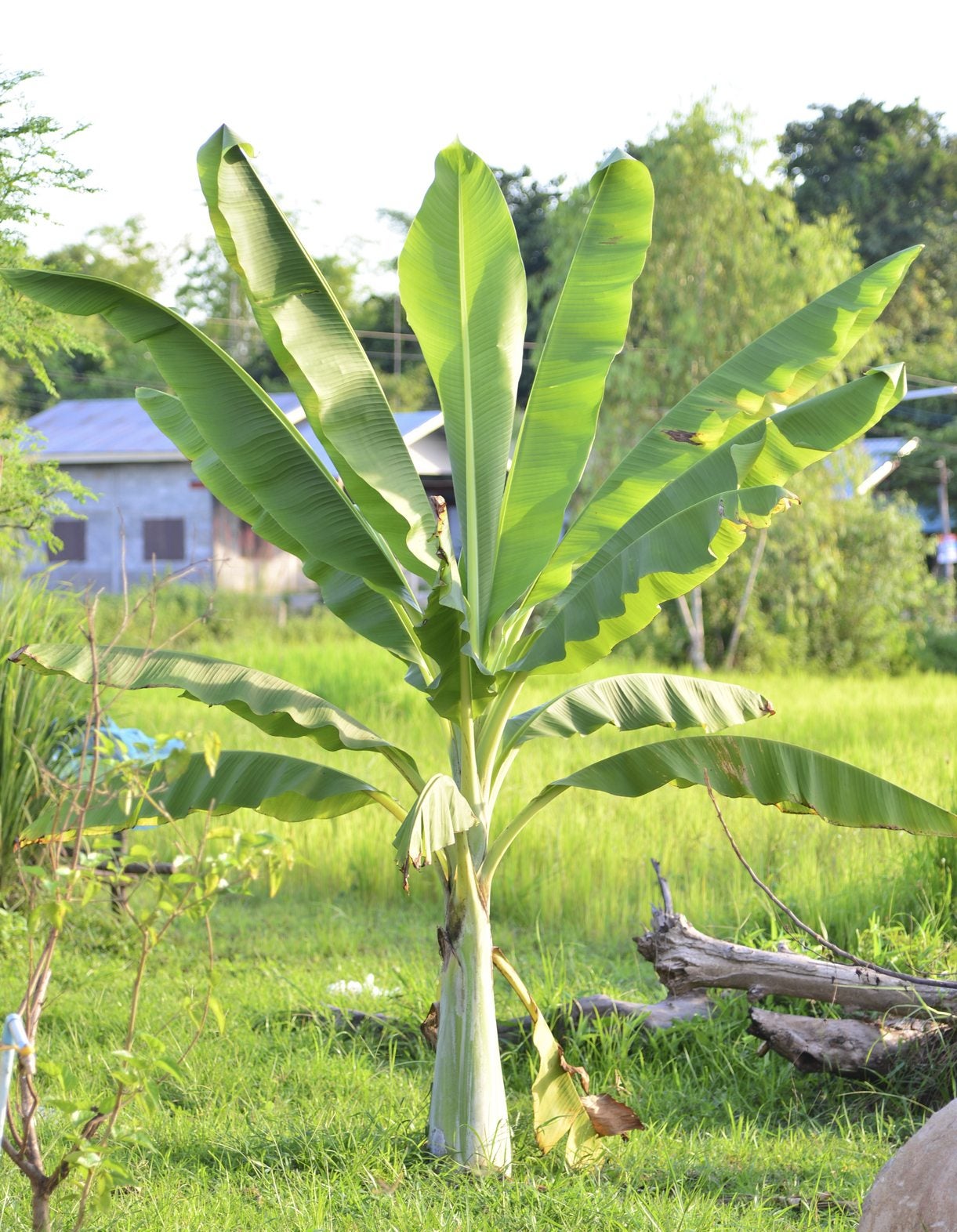 What To Feed Banana Plants – How To Fertilize A Banana Tree Plant
What To Feed Banana Plants – How To Fertilize A Banana Tree PlantBananas are heavy feeders in order to produce sweet fruit, so feeding banana plants is of primary importance, but the question is what to feed banana plants? What are banana fertilizer requirements and how do you fertilize a banana tree plant? Learn more here.
By Amy Grant